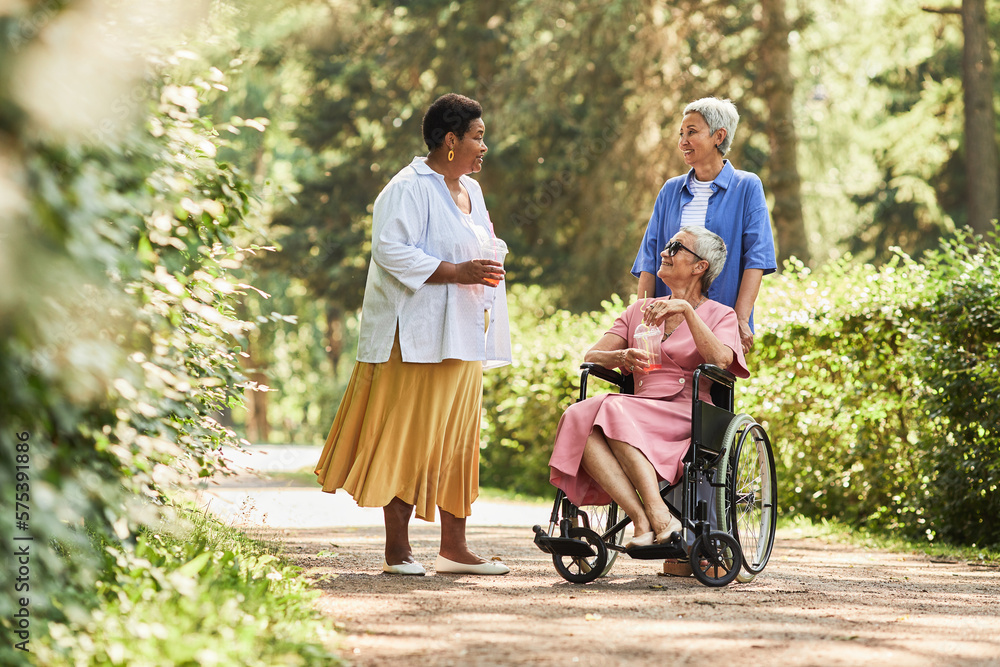The alarming phenomenon of elder abuse is a pressing concern in today’s society, especially when considering the vulnerable position some seniors find themselves in. Understanding what causes some caretakers to abuse their elderly charges is crucial in addressing and mitigating this grave issue. Negligence, frustration, and a lack of understanding often play significant roles, leading caretakers to cross boundaries they should never breach.
Sadly, some seniors become victims due to a combination of factors, including caregiver stress, inadequate training, and sometimes, sheer malice. By diving deeper into the root causes of elder abuse, we can better equip ourselves to prevent such tragic circumstances, ensure safer environments for our seniors, and uphold their dignity and safety.

Understanding Elderly Abuse
Definition and Prevalence
Elderly abuse refers to intentional actions that cause harm or create a serious risk of harm to an older individual by a caregiver or another person in a trust relationship. The Good Care Group notes that neglect and exploitation are among the most common forms.
Types of Elderly Abuse
There are various forms of abuse, including physical, emotional, sexual, financial exploitation, and neglect. Each type leaves its own distinct scars on the victims, sometimes leading to permanent damage or even death.
Factors Contributing to Caretaker Abuse
Stress and Burnout
One major factor is caregiver burnout. The demands of looking after an elderly person, especially one with complex care needs, can be overwhelming. Long hours, emotional strain, and physical demands can cause caretakers to lash out in frustration. This challenge is compounded by a lack of resources, such as a back massager.
Inadequate Training and Support
Many caregivers lack proper training in geriatric care, leading to mismanaged care and inadvertent harm. Proper education in handling, communication, and empathy are essential yet often lacking.
Personal Attitudes and History
Caretakers with a history of violence or who hold negative attitudes toward aging might be predisposed to abusive behavior. Personal history can severely impact interactions.
Financial Pressures
With rising costs and insufficient financial compensation for caregiving roles, some caretakers may resort to exploiting their elderly charges financially, seeing them as a means to supplement their income.
Preventive Measures and Solutions
Training and Education
Providing comprehensive training programs can equip caregivers with the knowledge and tools to manage stress effectively and deliver quality care. This might include workshops on handling delicate situations calmly, like utilizing a lift chair.
Respite Care
Implementing regular breaks and providing access to respite services can significantly ease the burden on caregivers, allowing them to recharge and return with renewed focus.
Community and Family Support
Engaging family members and community resources, such as a personal alert system, can create a network of support, reducing isolation, and share the load of responsibility.
Regular Check-ins and Monitoring
Facilitating regular visits from professionals and family can prevent potential abuse. These check-ins can serve as a deterrent and a means to catch early signs of mistreatment.
The Importance of Recognizing Signs
Physical Indicators
Bruises, unexplained injuries, and poor sanitation are prominent physical signs of abuse. It is vital to pay attention to these clues.
Behavioral Changes
Noticeable changes like withdrawal, anxiety, and fear of certain people can be telltale signs that something is wrong.
The Role of Technology
Monitoring and Safety Devices
Adopting modern technology, such as surveillance systems and device tools, can provide seniors with an added layer of protection, offering peace of mind to families and monitoring of caretaker behavior.
Conclusion
Tackling the root causes of elder abuse by caregivers requires a concerted effort from individuals, families, and institutions. Through education, support, and innovative solutions, we can protect our elderly loved ones and ensure they receive the respectful care they deserve.

FAQs
Why might caregivers become abusive?
Caregivers might become abusive due to stress, frustration, lack of training, personal issues, or financial pressures, making them overwhelmed by their responsibilities.
How can abuse be prevented in caregiving environments?
Preventing abuse requires proper training, support networks, regular breaks, and monitoring to ensure healthy caregiving practices.
What signs should one look for if they suspect elder abuse?
Signs of abuse can include physical injuries, changes in behavior, fear, withdrawal, and unexplained financial discrepancies.
This article contains affiliate links. We may earn a commission at no extra cost to you.

